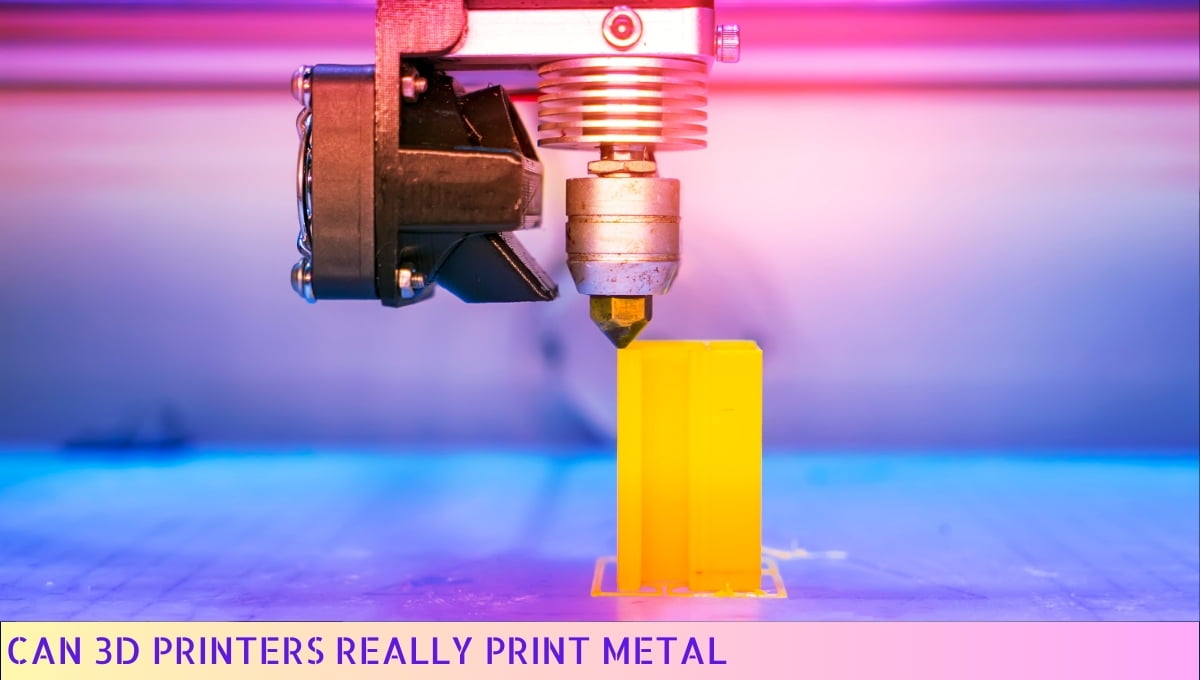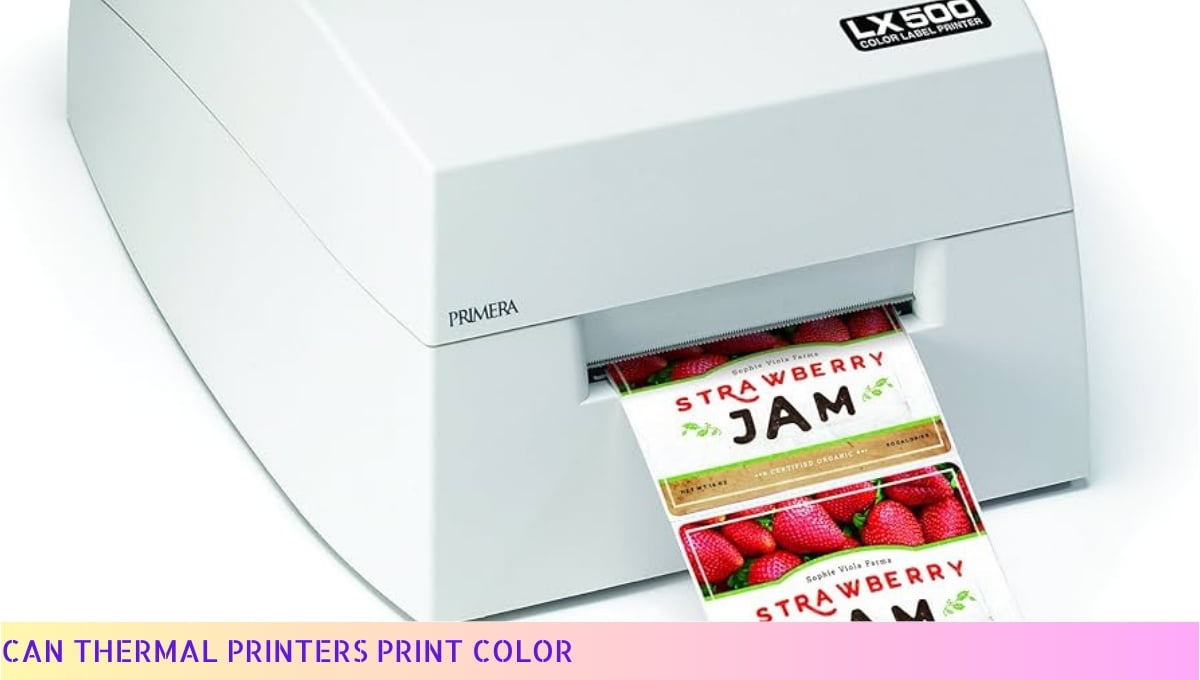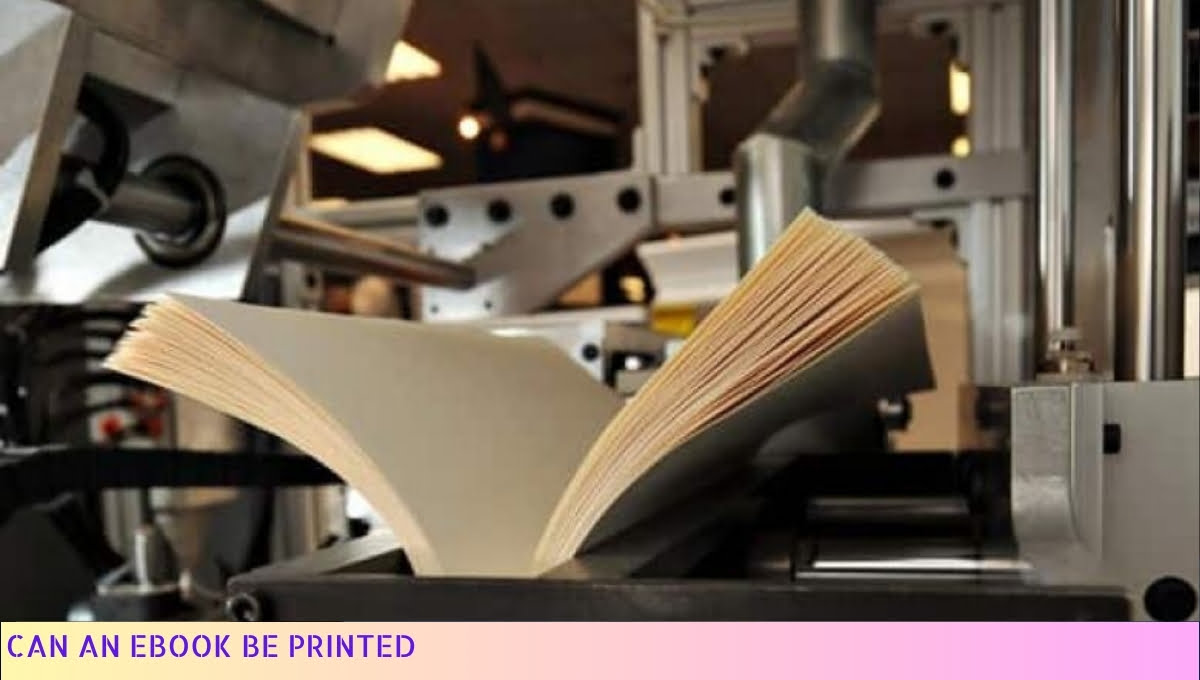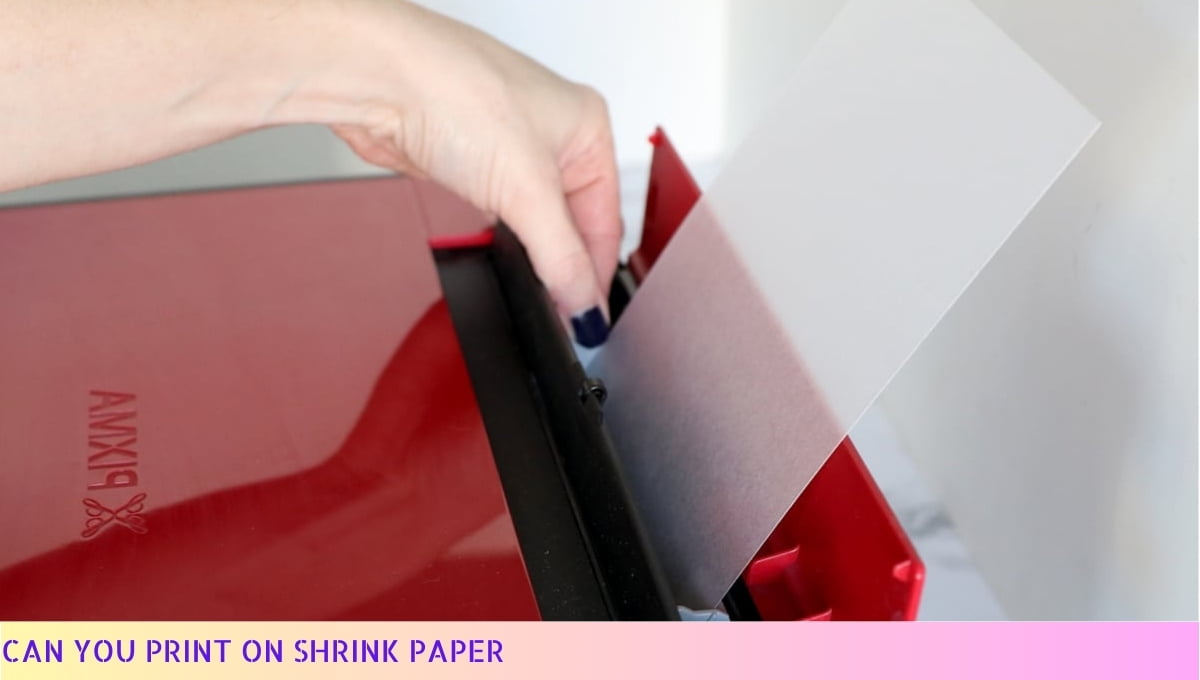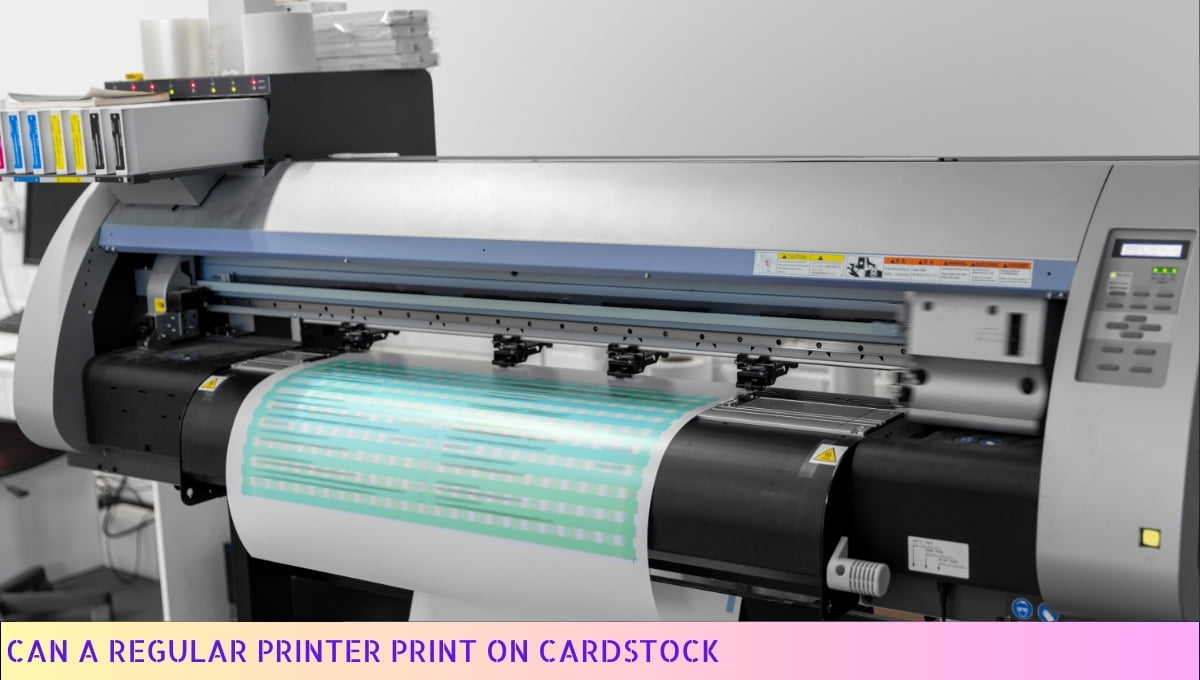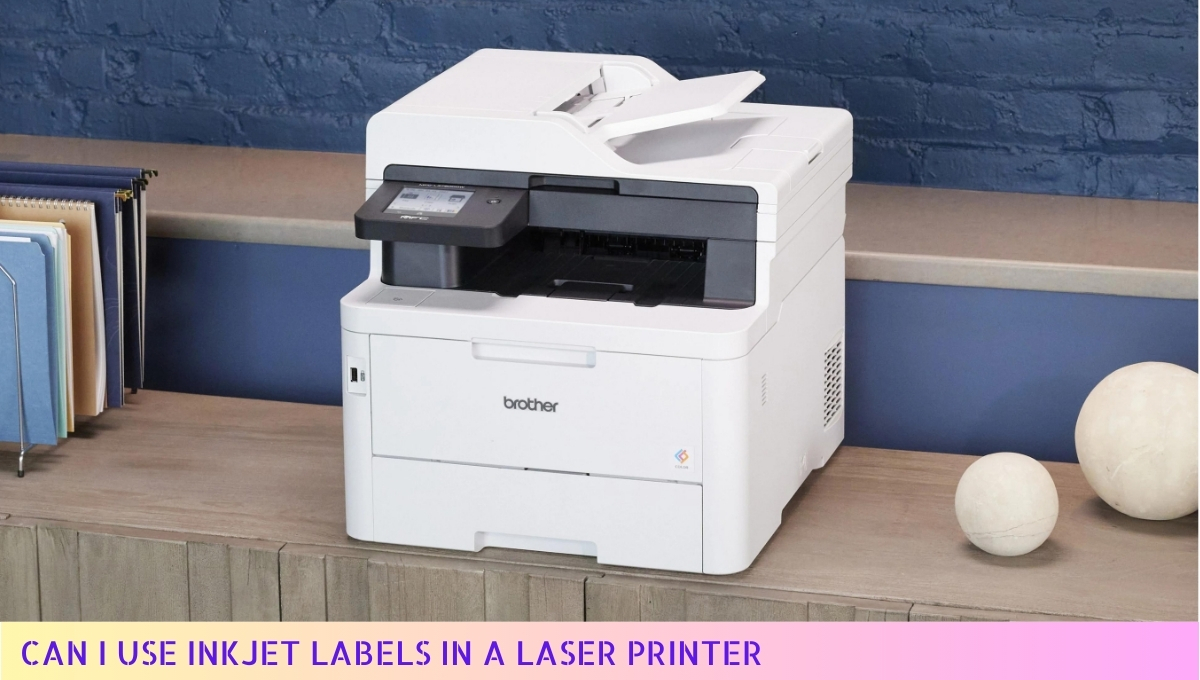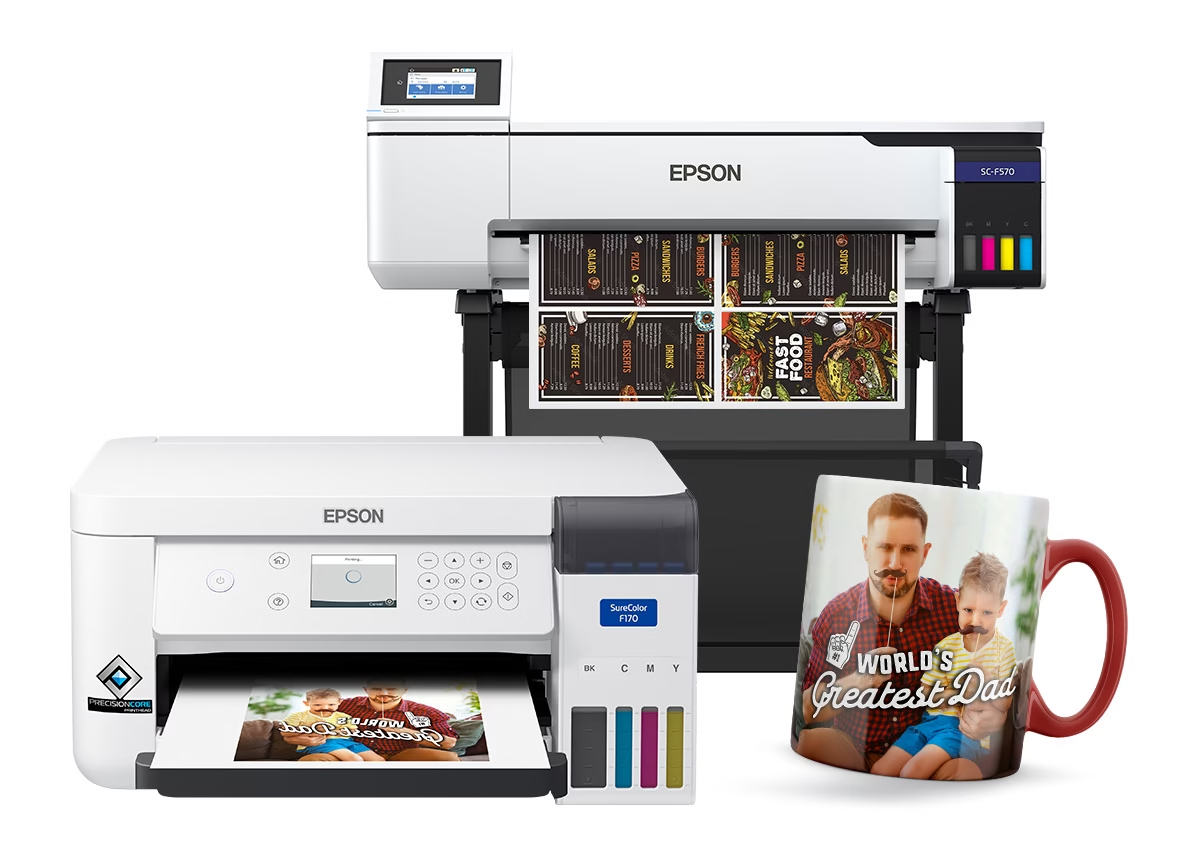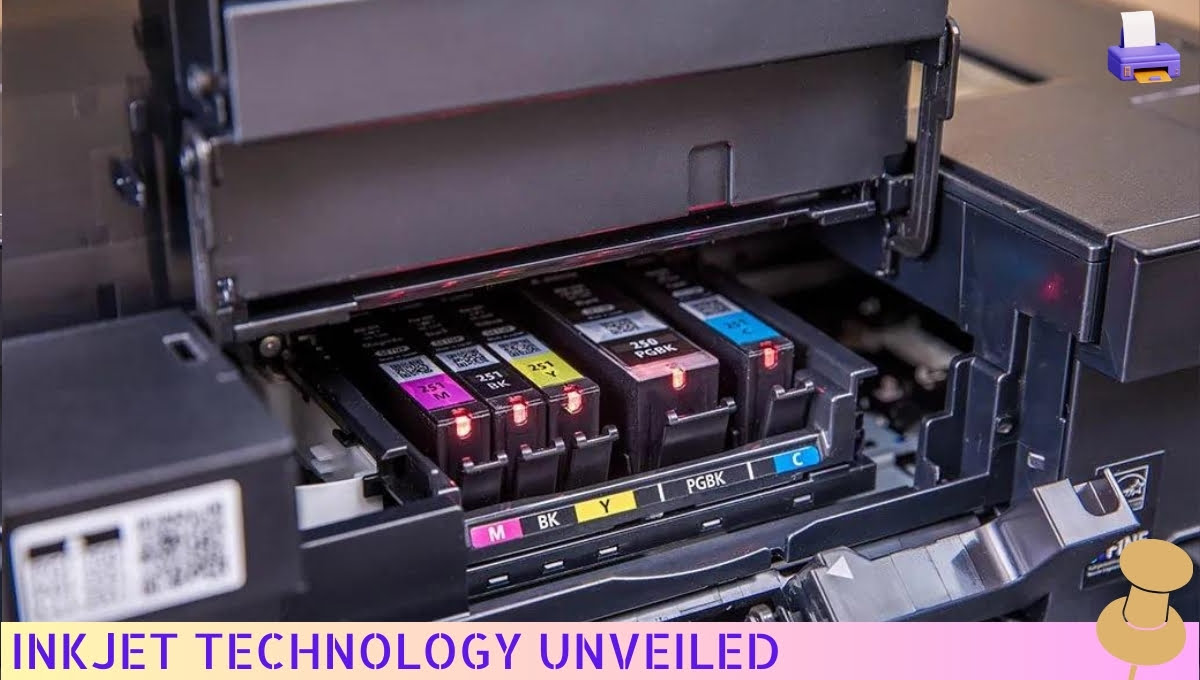Yes, 3D printers can print metal.
Metal 3D printing, also known as additive manufacturing, is a process that uses powdered metal materials to create three-dimensional objects.
This technology allows for the production of complex metal parts with high precision and accuracy.
Metal 3D printing has various applications in industries such as aerospace, automotive, and healthcare, where the ability to create customized metal components is crucial!
I. The Advancements in 3D Printing Technology
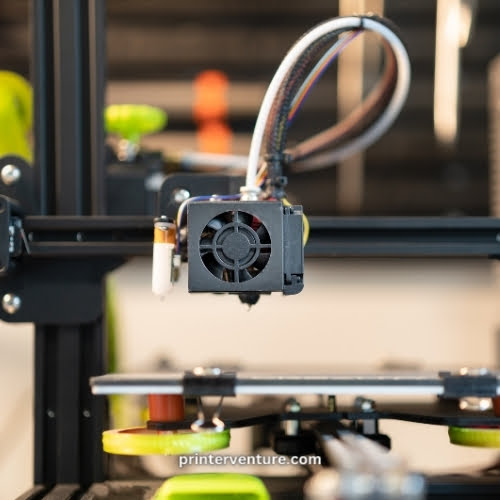
Let me tell you folks, the world of 3D printing has been advancing at lightning speed. It’s like a rollercoaster ride that keeps getting better and better. Now, let’s dive into the fascinating realm of metal 3D printing.
The Process of Metal 3D Printing
So, how does this metal 3D printing wizardry work? Well, hang on tight, because I’m about to spill the beans.
Metal 3D printing, also known as additive manufacturing, is a technique where metal objects are created by adding layer upon layer of metal powder. It’s like building a skyscraper, one floor at a time.
The process begins with a 3D model that is sliced into thin layers. These layers are then transferred to a 3D printer that uses a high-powered laser to selectively melt the metal powder, fusing it together to form each layer.
This laser is like a sculptor, shaping the metal powder into the desired object with incredible precision.
Now, you might be wondering, “What kind of metals can be used in this magical process?” Well, my friend, the possibilities are vast.
From titanium to stainless steel, from aluminum to nickel alloys, metal 3D printing can handle them all. It’s like having a versatile toolbox at your disposal.
Applications of Metal 3D Printing
Now, let’s talk about the real-world applications of this mind-boggling technology. Metal 3D printing has opened doors to a whole new dimension of possibilities, revolutionizing industries left and right.
One area where metal 3D printing shines is in aerospace. Imagine being able to create complex and lightweight parts for aircraft engines, reducing weight and increasing fuel efficiency. It’s like giving wings to innovation, quite literally.
But that’s not all, folks. Metal 3D printing has also made its mark in the medical field. It’s like a superhero swooping in to save the day.
Surgeons can now create patient-specific implants, tailor-made to fit like a glove. It’s like having a custom-made suit, but for your bones.
And let’s not forget about the automotive industry. Metal 3D printing has made it possible to produce intricate and lightweight components, enhancing performance and fuel efficiency. It’s like giving cars a turbo boost, taking them to the next level.
Limitations and Challenges of Metal 3D Printing
Now, my friends, let’s not get carried away and think that metal 3D printing is without its limitations and challenges. Every superhero has their kryptonite, after all.
One major challenge is the high cost of metal 3D printers and materials. It’s like trying to buy a luxury yacht on a shoestring budget. While the technology is rapidly evolving, it’s still quite expensive to dive into the world of metal 3D printing.
Another hurdle is the limited size of the objects that can be printed. It’s like trying to fit an elephant into a matchbox. The build volume of metal 3D printers is still relatively small, restricting the size of the objects that can be created.
And let’s not forget about the post-processing. After the object is printed, it often requires additional steps like heat treatment or machining to achieve the desired properties.
It’s like putting the finishing touches on a masterpiece, making sure it’s perfect.
But fear not, my friends, because despite these challenges, metal 3D printing continues to push boundaries and amaze us with its potential. It’s like a phoenix rising from the ashes, overcoming obstacles and soaring to new heights.
So there you have it, a glimpse into the incredible world of metal 3D printing. It’s a technology that combines complexity with creativity, revolutionizing industries and shaping the future. Strap yourselves in, folks, because this rollercoaster ride is far from over.
II. The Process of Metal 3D Printing
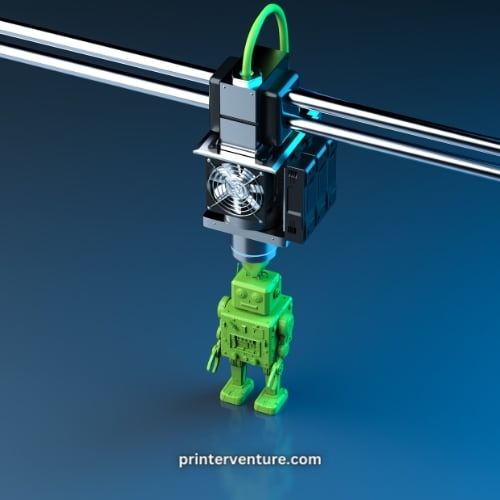
Metal 3D printing is a revolutionary technology that has transformed the manufacturing industry.
It allows for the creation of complex and intricate metal parts with incredible precision and accuracy. In this section, I will explain the process of metal 3D printing, from start to finish.
- Designing the Model: The first step in metal 3D printing is designing the model. This can be done using computer-aided design (CAD) software, where the desired part is created in a virtual environment. The design should take into account the limitations and capabilities of the metal 3D printing process.
- Preparing the 3D Printer: Once the model is designed, it needs to be prepared for printing. This involves setting up the 3D printer and ensuring that all the necessary materials and tools are in place. The printer needs to be calibrated and the build plate needs to be properly leveled.
- Material Selection: Metal 3D printing requires the use of metal powders, which are melted and solidified to create the final part. There are various metal powders available, such as stainless steel, titanium, and aluminum. The choice of material depends on the specific requirements of the part.
- Printing the Part: Once everything is set up, the metal 3D printing process can begin. The printer uses a technique called selective laser melting (SLM) or electron beam melting (EBM) to fuse the metal powder layer by layer, following the design specifications. This process is repeated until the entire part is printed.
- Post-Processing: After the part is printed, it undergoes post-processing to remove any support structures and improve its surface finish. This may involve heat treatment, machining, or polishing, depending on the requirements of the part.
- Quality Control: Once the post-processing is complete, the printed part undergoes rigorous quality control checks to ensure that it meets the desired specifications. This may involve dimensional measurements, mechanical testing, and inspection for any defects.
- Finishing and Assembly: Finally, the printed part is finished and assembled, if necessary, to complete the manufacturing process. This may involve additional machining, coating, or joining techniques to achieve the desired final product.
Metal 3D printing is a complex and intricate process that requires expertise and precision.
However, it offers numerous advantages over traditional manufacturing methods, such as the ability to create complex geometries, reduce material waste, and achieve faster production times.
As the technology continues to advance, we can expect even more exciting developments in the field of metal 3D printing.
III. Applications of Metal 3D Printing
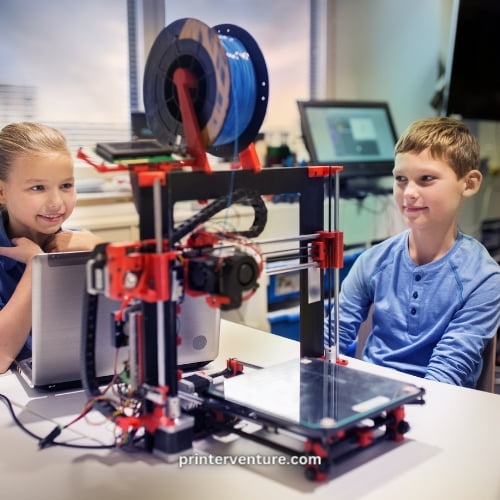
Metal 3D printing has revolutionized various industries, opening up new possibilities and pushing the boundaries of design and manufacturing.
This cutting-edge technology has found numerous applications in different sectors, from aerospace to healthcare. Let’s explore some of the exciting applications of metal 3D printing:
Aerospace
Metal 3D printing has become an invaluable tool in the aerospace industry. It enables the production of complex and lightweight components, reducing the weight of aircraft and improving fuel efficiency.
The ability to create intricate geometries with high precision allows for the optimization of parts, resulting in enhanced performance and reduced maintenance costs.
From turbine blades to structural components, metal 3D printing is reshaping the way aircraft are built.
Medical and Dental
The medical and dental fields have greatly benefited from metal 3D printing.
Customized implants, such as hip and knee replacements, can be tailored to fit a patient’s unique anatomy, improving the success rate of surgeries and patient outcomes.
Additionally, metal 3D printing enables the creation of intricate and patient-specific medical devices, such as surgical instruments and prosthetics. This technology has the potential to revolutionize healthcare by providing personalized solutions.
Automotive
Automotive manufacturers are utilizing metal 3D printing to optimize their production processes and create innovative designs. The ability to produce lightweight and complex parts allows for improved fuel efficiency and performance.
Metal 3D printing also enables the rapid prototyping of components, reducing development time and costs. From engine parts to customized car interiors, this technology is transforming the automotive industry.
Tooling and Manufacturing
Metal 3D printing is revolutionizing the tooling and manufacturing industry by enabling the production of complex molds, dies, and jigs.
Traditional manufacturing methods often involve time-consuming and costly processes, but metal 3D printing offers a more efficient and cost-effective solution.
The ability to create intricate and customized tooling reduces lead times and improves overall productivity. This technology is empowering manufacturers to innovate and streamline their production processes.
Architecture
Metal 3D printing is also making its mark in the field of architecture. It allows architects to create intricate and unique designs that were previously difficult to achieve using traditional construction methods.
From complex facades to artistic sculptures, metal 3D printing offers endless possibilities for architectural creativity. This technology is reshaping the way buildings are designed and constructed, pushing the boundaries of architectural expression.
Verdict
Metal 3D printing has emerged as a game-changer in various industries, offering unprecedented design freedom and manufacturing capabilities.
From aerospace to healthcare, this technology is driving innovation and transforming the way we create and build.
As advancements continue to be made, the applications of metal 3D printing will only continue to expand, unlocking new opportunities and pushing the boundaries of what is possible.
IV. Limitations and Challenges of Metal 3D Printing
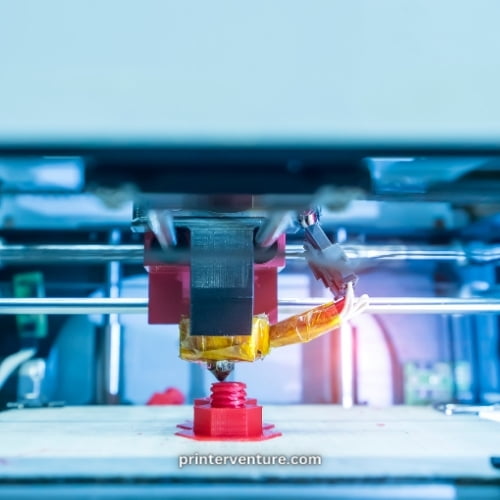
While metal 3D printing has revolutionized various industries, it is important to acknowledge its limitations and challenges. Understanding these aspects is crucial for optimizing the technology and overcoming potential obstacles.
1. Limited Material Options
One of the main challenges in metal 3D printing is the limited range of materials available. Currently, metal alloys such as stainless steel, titanium, and aluminum are commonly used.
However, the selection is still relatively limited compared to traditional manufacturing methods. This restricts the ability to create complex parts with specific material properties.
2. High Cost
Metal 3D printing can be expensive due to various factors. The cost of the raw materials, specialized equipment, and skilled labor all contribute to the overall expense.
Additionally, post-processing steps such as heat treatment and surface finishing can further increase the cost. These factors make metal 3D printing less accessible for small businesses or individuals with limited budgets.
3. Slow Production Speed
Compared to traditional manufacturing methods, metal 3D printing can be relatively slow. The layer-by-layer approach requires careful control and precision, resulting in longer production times. This limitation is particularly relevant when producing large-scale or complex parts. However, advancements in technology and optimization techniques are continually improving the speed of metal 3D printing.
4. Size and Scale Limitations
The size and scale of parts that can be produced through metal 3D printing are often limited. The build volume of the printers can restrict the size of the final product.
Additionally, the need for support structures during the printing process can limit the complexity and size of the parts that can be created.
Overcoming these limitations requires innovative design strategies and further advancements in printing technology.
5. Post-Processing Requirements
Metal 3D printed parts often require post-processing steps to achieve the desired surface finish and mechanical properties. This can include heat treatment, machining, and surface coating. These additional steps add time, cost, and complexity to the production process. Streamlining post-processing techniques is an ongoing challenge in metal 3D printing.
6. Quality Control and Certification
Ensuring the quality and reliability of metal 3D printed parts is crucial, especially in industries where safety and performance are critical. However, quality control and certification processes for metal 3D printing are still evolving.
Standards and regulations specific to metal 3D printing need to be established to guarantee the integrity of the printed parts.
This is particularly important in sectors such as aerospace, automotive, and medical where stringent requirements are in place.
7. Design Complexity and Support Structures
The design complexity of metal 3D printed parts can pose challenges. Certain geometries and features may require support structures to prevent distortion or collapse during the printing process.
Removing these support structures can be time-consuming and may require additional post-processing steps.
Design optimization and software advancements are continuously being developed to minimize the need for support structures and enhance design freedom.
8. Environmental Impact
While metal 3D printing offers potential sustainability benefits by reducing material waste, the technology itself has environmental implications. The energy consumption of metal 3D printers, as well as the disposal of unused powders and chemicals, need to be considered. Developing more sustainable practices and materials is essential for minimizing the environmental impact of metal 3D printing.
Summary
Metal 3D printing has made significant advancements, but it still faces limitations and challenges.
The restricted material options, high cost, slow production speed, size and scale limitations, post-processing requirements, quality control and certification, design complexity, and environmental impact are all areas that require further attention and innovation.
Overcoming these challenges will unlock the full potential of metal 3D printing and drive its widespread adoption across industries.
Frequently Asked Questions Can 3D Printers Really Print Metal
1. Can 3D printers actually print metal?
Yes, there are 3D printers capable of printing metal objects. These printers use various techniques such as selective laser melting (SLM) or electron beam melting (EBM) to fuse metal powders together layer by layer, creating solid metal parts.
2. What types of metals can be 3D printed?
3D printers can print a wide range of metals including stainless steel, aluminum, titanium, nickel alloys, cobalt-chrome, and more. The specific types of metals that can be printed depend on the capabilities of the printer and the materials available.
3. How accurate are metal 3D printed parts?
Metal 3D printed parts can achieve high levels of accuracy and precision. The level of accuracy depends on factors such as the printer’s resolution, the complexity of the design, and the specific metal being used. However, it is important to note that post-processing may be required to achieve the desired surface finish and tolerances.
4. Are metal 3D printed parts strong?
Yes, metal 3D printed parts can be incredibly strong and durable. The strength of the printed part depends on various factors including the metal material, the printing parameters, and the design itself. In many cases, metal 3D printed parts can exhibit similar or even superior mechanical properties compared to traditionally manufactured metal components.
5. What industries use metal 3D printing?
Metal 3D printing has applications in various industries including aerospace, automotive, healthcare, jewelry, and manufacturing. It is used for prototyping, producing complex geometries, creating customized parts, and even for low-volume production of metal components.
6. Can I 3D print functional metal parts at home?
While there are consumer-grade metal 3D printers available, they are typically expensive and may not offer the same level of capabilities as industrial-grade machines. However, as technology advances, it is becoming more accessible for hobbyists and small businesses to 3D print metal parts at a smaller scale.
7. How much does a metal 3D printer cost?
The cost of metal 3D printers can vary significantly depending on the size, capabilities, and quality of the machine. Industrial-grade metal 3D printers can range from tens of thousands to millions of dollars. Consumer-grade machines can be purchased for a few thousand dollars, but they may have limitations in terms of print quality and material options.
8. Are there any limitations to metal 3D printing?
While metal 3D printing offers many advantages, there are some limitations to consider. These include limited material options compared to traditional manufacturing methods, the need for post-processing to achieve desired surface finishes, and the potential for higher costs and longer production times for complex designs.
9. Can 3D printed metal parts be machined or finished?
Yes, metal 3D printed parts can be further machined, polished, or finished just like traditionally manufactured metal components. Post-processing techniques such as CNC machining, grinding, sanding, and coating can be used to achieve the desired surface finish and tolerances.
10. How long does it take to 3D print a metal part?
The time it takes to 3D print a metal part depends on factors such as the size and complexity of the design, the chosen printing technology, and the specific metal being used. Printing metal parts can take anywhere from a few hours to several days, especially for larger and more intricate designs.
Wrapping Up: Can 3D Printers Really Print Metal
Yes, 3D printers can print metal. With advancements in technology, metal 3D printing has become a reality.
This innovative process, known as metal additive manufacturing, allows for the creation of complex and intricate metal parts with high precision.
Metal 3D printing offers numerous advantages, including cost-effectiveness, reduced waste, and the ability to produce customized metal components.
From aerospace and automotive industries to healthcare and jewelry, metal 3D printing is revolutionizing various sectors. As the technology continues to evolve, we can expect even more breakthroughs in the field of metal additive manufacturing.

